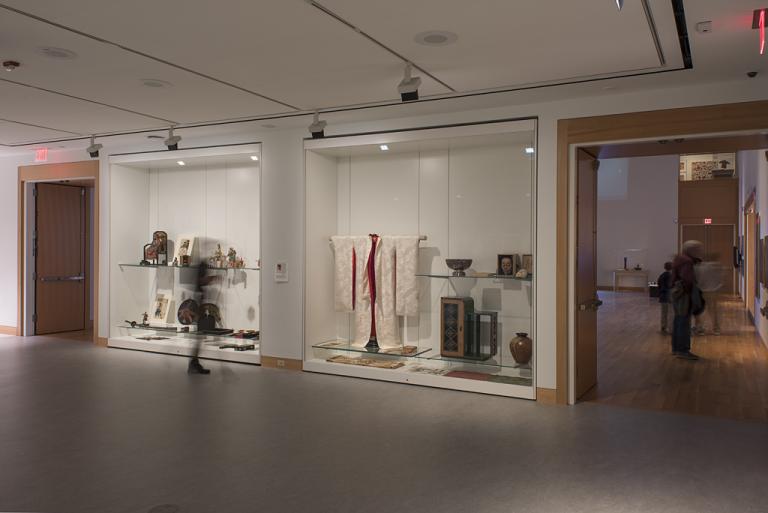普賢菩薩 Fugen Bosatsu (The Bodhisattva Samantabhadra riding a white elephant), Nakanoko Tami
Artwork Overview

Nakanoko Tami, artist
1893–1971
普賢菩薩 Fugen Bosatsu (The Bodhisattva Samantabhadra riding a white elephant),
late 1960s
Where object was made: Japan
Material/technique: clay
Dimensions:
Object Height/Width/Depth (Height x Width x Depth): 36.5 x 29 x 12.5 cm
Object Height/Width/Depth (Height x Width x Depth): 14 3/8 x 11 7/16 x 4 15/16 in
Object Height/Width/Depth (Height x Width x Depth): 36.5 x 29 x 12.5 cm
Object Height/Width/Depth (Height x Width x Depth): 14 3/8 x 11 7/16 x 4 15/16 in
Credit line: Gift of Ruth Kitson Lawson
Accession number: 2010.0182.a,b
On display: Loo Gallery
If you wish to reproduce this image, please submit an image request




